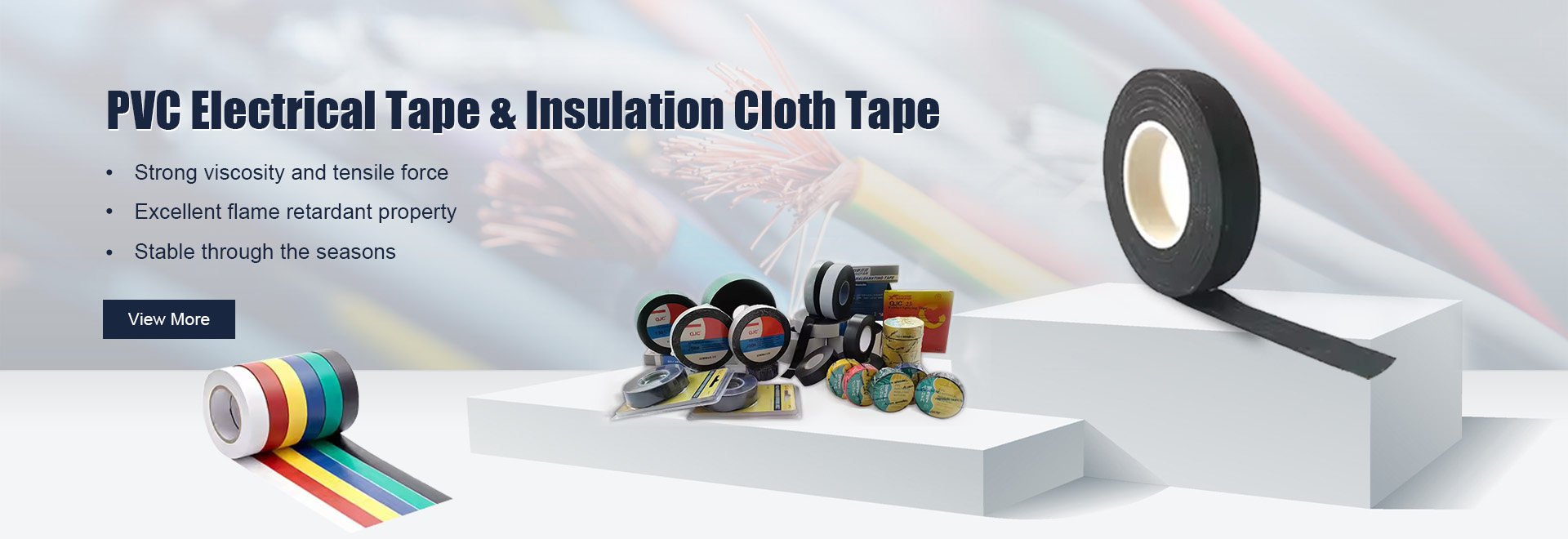The Benefits of Butyl Rubber Roof Sealant in Roofing Applications
When it comes to roofing, the materials and products used for sealing and protection are of paramount importance. Among the various options available in the market, butyl rubber roof sealant has emerged as a popular choice due to its exceptional properties and versatility. This article explores what butyl rubber sealant is, its advantages, and its application in roofing projects.
What is Butyl Rubber?
Butyl rubber is a synthetic rubber that is primarily composed of isobutylene and isoprene. It offers a unique combination of elasticity, impermeability, and chemical resistance, making it an ideal material for sealing applications. In roofing, butyl rubber sealants are often used to create watertight seals on roofs, flashings, and other critical areas.
Advantages of Butyl Rubber Roof Sealant
1. Exceptional Adhesion One of the main advantages of butyl rubber sealant is its excellent adhesion properties. It adheres well to various substrates, including metal, concrete, asphalt, and most plastics. This quality ensures that the sealant remains securely in place, providing long-lasting protection against water infiltration.
2. Water Resistance Butyl rubber is inherently water-resistant, which makes it ideal for roofing applications. When properly applied, it forms a robust barrier that prevents water from penetrating the roof structure. This feature is particularly beneficial in regions prone to heavy rainfall or snow, where water accumulation can lead to leaks and damage.
3. Flexibility Roofing materials expand and contract due to temperature fluctuations. Butyl rubber sealant maintains its flexibility even in extreme weather conditions, allowing it to accommodate these movements without cracking or losing adhesion. This flexibility is essential for ensuring the longevity of roof seals.
butyl rubber roof sealant

4. Longevity Butyl rubber roof sealants are designed to withstand the test of time. They are resistant to UV radiation, ozone, and harsh weather, which means they won’t break down or deteriorate as quickly as some other sealants. As a result, they can provide a durable and reliable seal for many years.
5. Easy Application Most butyl rubber sealants come in convenient cartridges or tubes that can be applied with a caulking gun. This ease of use allows both professional roofers and DIY enthusiasts to apply the sealant with minimal effort. Additionally, butyl rubber sealant can be applied in various temperatures and weather conditions, making it a versatile choice for roofing projects.
6. Environmentally Friendly Butyl rubber sealants are generally considered more environmentally friendly than some other synthetic sealants. They do not contain solvents that can emit harmful fumes, thus offering a safer alternative for indoor applications or in sensitive environments.
Applications of Butyl Rubber Roof Sealant
Butyl rubber roof sealants can be used in a variety of roofing applications
- Roof Joints and Seams They are ideal for sealing joints and seams between roofing materials to create a watertight barrier. - Flashing Butyl rubber sealants work effectively in securing flashing around chimneys, vents, and other protrusions on the roof. - Repair They can be used to repair leaks or cracks in existing roofing systems, providing a quick and effective solution to water ingress. - Gutters and Downspouts Butyl rubber sealant can also seal joints and seams in gutters and downspouts, ensuring proper drainage and preventing leaks.
Conclusion
In summary, butyl rubber roof sealant is an excellent choice for anyone looking to enhance the durability and longevity of their roofing system. With its exceptional adhesion, flexibility, water resistance, and ease of application, it stands out as a reliable sealing solution for various roofing applications. Whether you are engaging in a new roofing project or repairing an existing roof, incorporating butyl rubber sealant can help protect your investment and provide peace of mind for years to come. With the right choice of materials and expertise in application, you can ensure that your roof remains sealed and watertight, safeguarding your home from potential damage.
-
XIANGFAN Rubber Tape-Ultimate Solutions for All Your Insulation NeedsNewsJun.24,2025
-
XIANGFAN Rubber Tape-Protection for Industrial and Residential ApplicationsNewsJun.24,2025
-
XIANGFAN Rubber Tape: Superior Safety and Sealing for Demanding EnvironmentsNewsJun.24,2025
-
XIANGFAN Rubber Tape: Reliable Solutions for Every Electrical ChallengeNewsJun.24,2025
-
XIANGFAN Electrical & Industrial Tape: Powering Reliability Across IndustriesNewsJun.24,2025
-
XIANGFAN Electrical & Industrial Tape: Excellence in Every ApplicationNewsJun.24,2025
